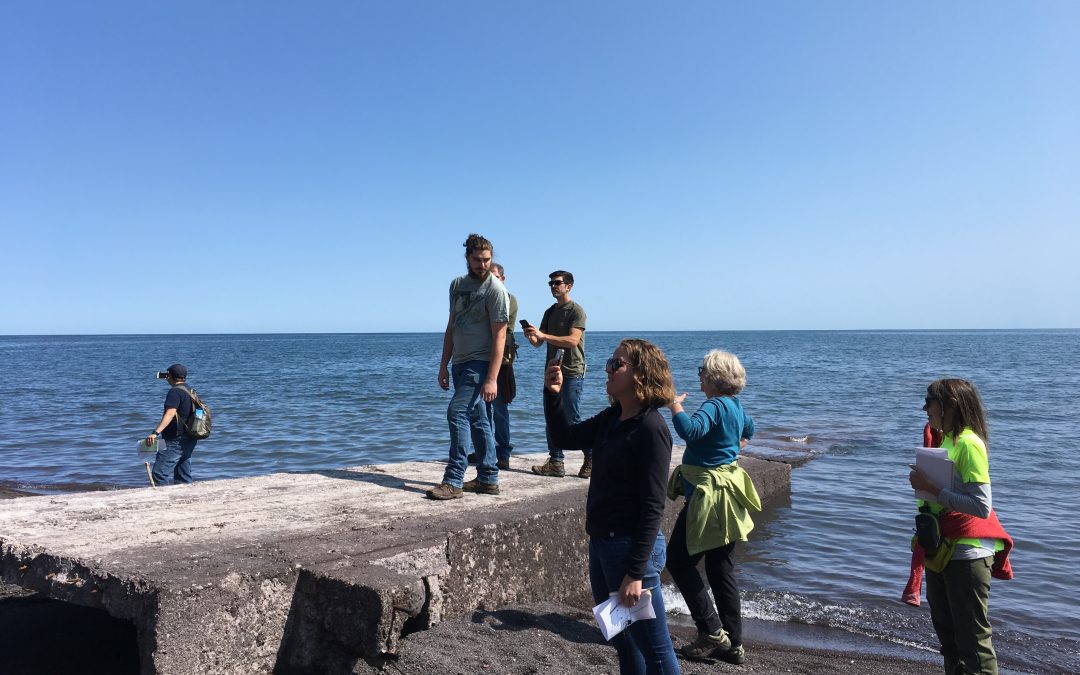SAR senior scholar Carol MacLennan is a cultural anthropologist who studies sugar and mining industries and their effects on communities and landscapes. She was the Ethel-Jane Westfeldt Bunting summer scholar at SAR in 2014 and is a professor of anthropology emerita and research professor at Michigan Technological University. After finishing Sovereign Sugar: Industry and Environment in Hawai‘i (University of Hawai‘i Press, 2014), MacLennan turned to the study of mining and its profound influence on US policy from the early years of the nation until the present, and specifically its effect on Native populations in Michigan and New Mexico.
I am struck by the repeated finding that the US and state governments have had a major hand in the beginning, middle, and end of mining operations in these long-lived mining districts. From early appropriation of indigenous homelands to regulation of access to water and the right to dump tailings in public waters, and finally to the assumption of responsibility for cleaning up historic mine waste—government has been a major actor in mineral development in the US. Americans tend to think of mining companies as powerful independent entities. But history and today’s mine cleanups show us that government and mine operators have always been partners in the extraction of minerals. This has consequences for citizens and for policy.
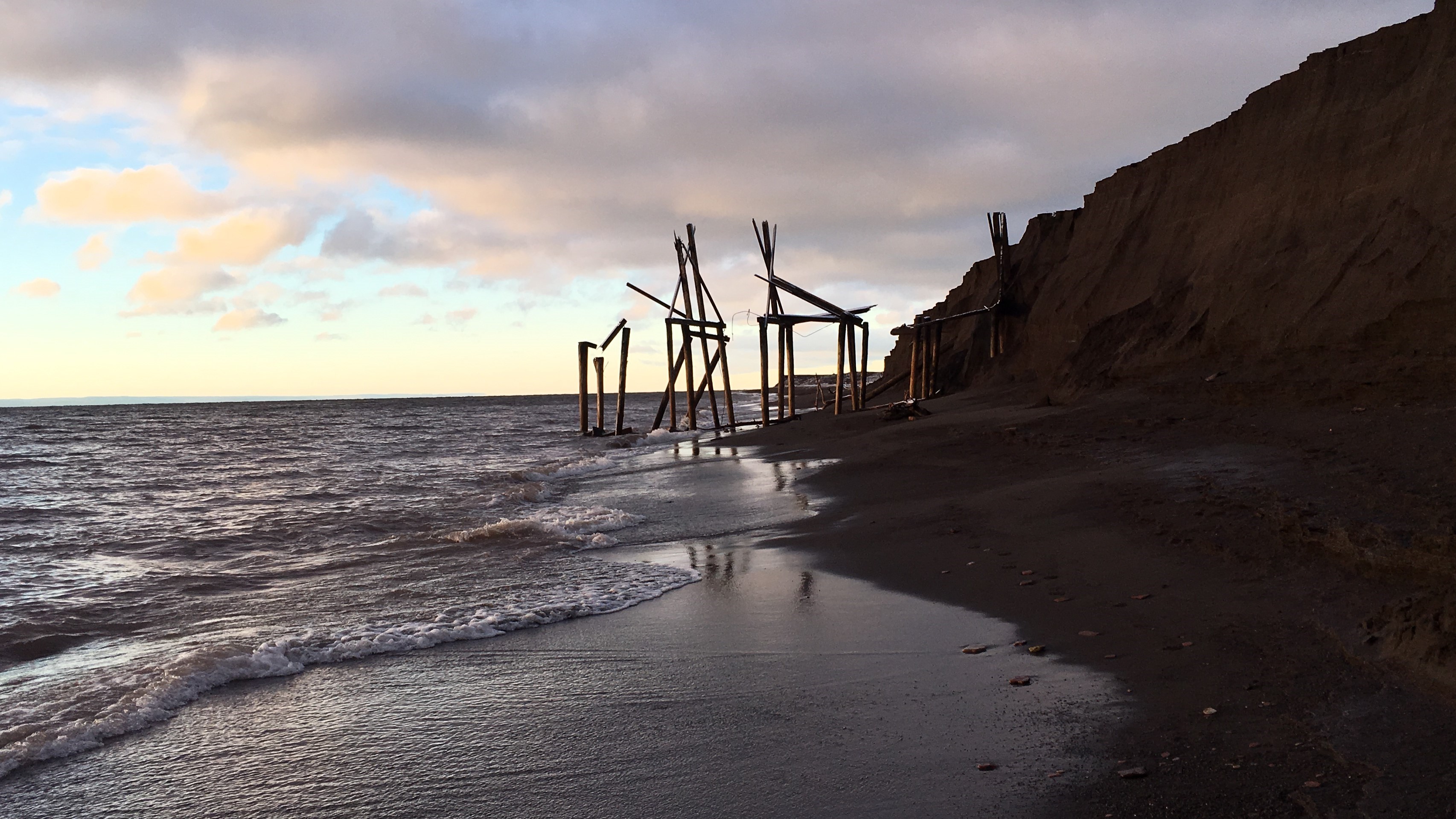
Shoreline along Lake Michigan, Gay, Michigan, 2017. Copper mine tailings, known as stamp sands, were often released along the Lake Superior shoreline. Courtesy of Carol MacLennan.
I was hoping that you could tell me how you got to your projects and what interests you—what drove you in those directions?
Because I taught up in northern Michigan on Lake Superior, which was one of the first major industrial copper districts in the country, I started paying attention to community issues that were coming up, especially ones related to the mining there that started in the 1840s. Over one hundred years later, that area became a large EPA Superfund site, and I started using it in my classes as a way to introduce students to questions of how communities engage with toxics issues. At the time, we were worried about heavy metal contamination of soils, sediments in lakes, and fish. Later we found out PCBs were in our lake sediments and shoreline, with high levels in fish. This was also an area where the National Park Service had established a historic park in the 1980s. Mining heritage was celebrated as an American story of progress, technological triumph, and economic prosperity. But the mines had closed in 1970 leaving a toxic legacy. It proved a fascinating laboratory for student researchers and class projects. Eventually I began to study it seriously for my own research.
What’s interesting about historic mining districts, not just up north but down here in New Mexico, is that it took removal or dispossession of Indigenous people to make mining districts viable, and this is something I’ve explored more recently. I’ve studied the pollution issues extensively and I’ve examined how the mining histories shaped the land. But during the last six to twelve months I’ve read historical documents and talked to people in the Indigenous communities that once owned these mineral lands. The Ojibwa community on Lake Superior are actively involved in these mine-waste issues because they still live on the landscape and they still fish in Lake Superior waterways where heavy metal contamination is present. Their wetlands are being inundated by tailings that are washing into their medicine plants (the medicine cabinet), and cranberry and wild rice beds. One of the most important Lake Superior fisheries—Buffalo Reef—is currently inundated by mine tailings.
The mineral landscape down Silver City was occupied by the Chiricahua Apache near the open pit Chino and Tyrone mines before their forced and violent removal. And resident descendants in the area are making strides to reclaim cultural sites and federal recognition in the historic mining region.
I realized that in order to understand today’s mining policy and politics I needed to go back and do something similar to what I did in Hawai`i for my book Sovereign Sugar—use archival sources and take a deep look at the original landscape and the cultural history of the land. Voyaging Polynesians occupied the Hawaiian Islands and developed a state society—the Kingdom of Hawai`i which became a constitutional monarchy after contact with Westerners—that avoided American political occupation for nearly one hundred years. This set the stage for today’s Hawaiian politics and social structure. The character of the sugar industry and today’s legacy plantation economy is a direct result of Hawaiian and Euromerican politics and conflicts.
In the two mining districts I now study, the Ojibwa and the Apache were each hunting-gathering societies whose encounters with Europeans and eventually Americans were quite different. Ojibwa communities along Lake Superior’s south shore with a long history of partnership with Europeans in the fur trade, negotiated treaties with the US in the 1840s. They ceded mineral and some property rights to the US in return for the right to hunt, gather, and fish on their original homeland territory. The Apache of southern New Mexico, with a history of Spanish and then Mexican intrusion into their homeland, did not benefit from any treaties ratified by the US government when the New Mexico mineral districts were established in the 1860s through the 1880s. By then, the US had developed a policy of removal to reservations to open mining in the west. In southwestern New Mexico miners and settlers pressured the US War Department to violently remove, imprison, and relocate the Chiricahua Apaches to distant locations. I am currently working on detailing these two histories of dispossession and how they have affected the development of the two mining districts which have consequences for how mining policy there unfolds today.
One product of these differing copper mining histories is the noticeable effect of the Ojibwa presence in the politics of mining along Lake Superior. I collaborate with engineers at Michigan Tech and the Keweenaw Bay Indian Community on projects that investigate the history and character of mining waste production. I am struck in recent years by how a more recent Indigenous presence in environmental debates around Lake Superior have altered the discussion.
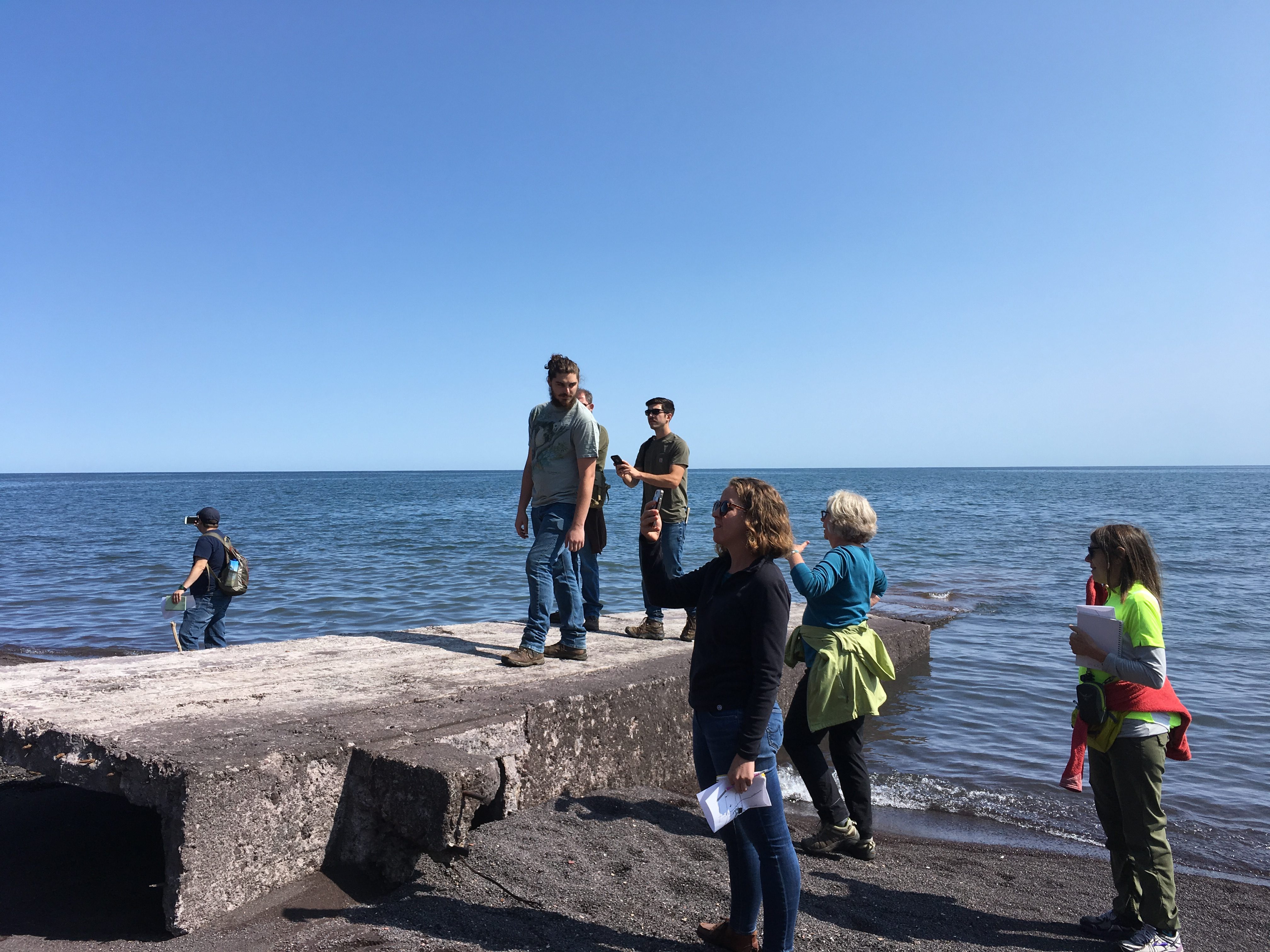
Documentation at Gay, Michigan, 2017. Courtesy of Carol MacLennan.
Because you’ve been coming back and forth to New Mexico, what’s surprising you in the Southwest story that you’re getting into now?
What I’ve come to learn, is that the comparison of the two mining districts proved to be critical because it offers a unique perspective on the contemporary politics of mining contamination. It is significantly variable from region to region. The comparative method is part of the anthropologist’s tool kit, and my fieldwork in New Mexico really opened my eyes. I was able to see mining policy and its politics in Michigan differently and with more insight. I also use the method of “studying up” to investigate the government and corporate response to mining toxics and community demands for action.
One of the things in Michigan’s Upper Peninsula copper district which is really striking was that most of the people in the community did not want a designated EPA Superfund site to address heavy metal contamination caused by one hundred years of mining. They fought really hard to keep EPA out, but they lost. The resulting legacy is one of community division for thirty years. This is gradually changing with recent Ojibwa participation and a new generation of community activists, but progress has been slow and EPA has made mistakes that are now recognized. Sovereign treaty rights of indigenous communities offer additional mechanisms for addressing mine water pollution, and they will likely change cleanup policies in the future in Michigan.
In Silver City, the center of New Mexico’s copper mining politics, there has been a larger, more vocal environmental-oriented community from the start. They organized early in the 1990s to monitor EPA and New Mexico’s Environment Department and to engage with government strategies for containing mining waste and protecting public health. Educating themselves over three decades on the details of remediation technology and regulation they have been an active voice influencing decisions by the state. It was remarkable to see a community which engaged with the complex technology and state politics of mining and stuck with it. In addition, the expertise of the New Mexico Environmental Law Center enabled alternative legal analysis and court actions on behalf of the community. The result, unlike the case in Michigan, is a more successful cleanup, and a community more able to sit at the table with regulators and mining companies to argue for better outcomes. Mining companies are powerful in both states and it is reflected in state mining law, but the character of citizen participation (including that of indigenous communities) matters significantly for how we best address the problem of mine contamination, especially in our community waters. I’ve watched New Mexico’s mining policy since the early 2000s and brought back many lessons to my work in Michigan.
As I work toward completion of my research, the comparison of one hundred years of copper mining in Michigan and New Mexico has produced the focus for my book. I am struck by the repeated finding that the US and state governments have had a major hand in the beginning, middle, and end of mining operations in these long-lived mining districts. From early appropriation of indigenous homelands to regulation of access to water and the right to dump tailings in public waters, and finally to the assumption of responsibility for cleaning up historic mine waste—government has been a major actor in mineral development in the US. Americans tend to think of mining companies as powerful independent entities. But history and today’s mine cleanups show us that government and mine operators have always been partners in the extraction of minerals. This has consequences for citizens and for policy.
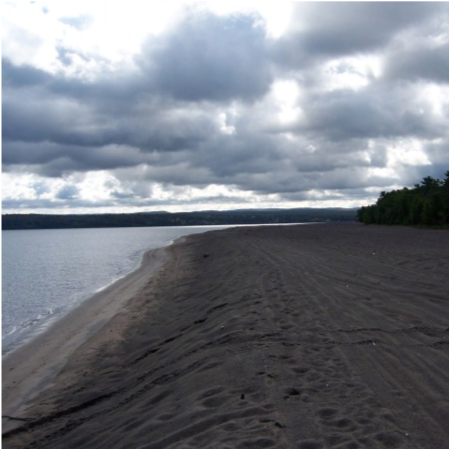
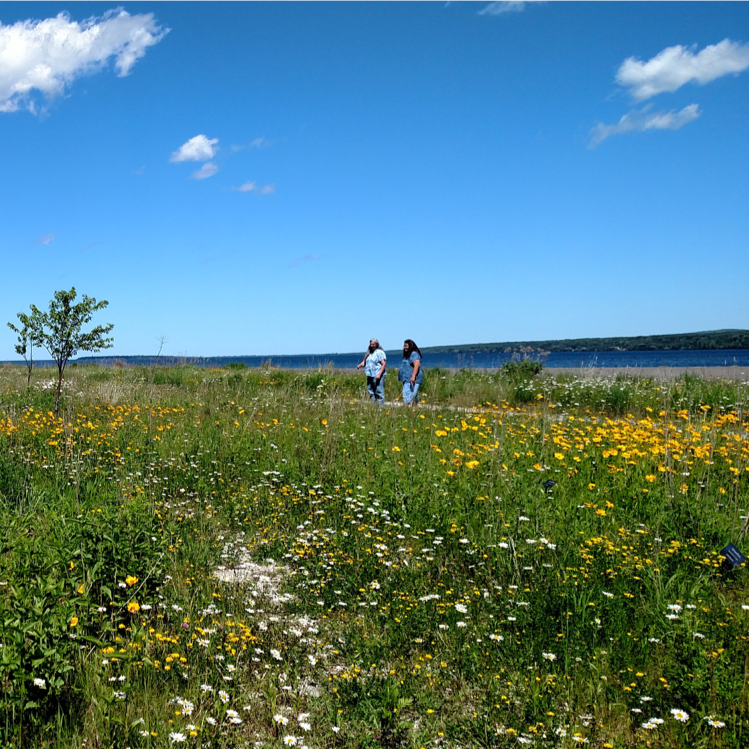
Left: Sand Point Restoration (before), Baraga, Michigan, 2005. Courtesy of the Keweenaw Bay Indian Community and Carol MacLennan. Right: Sand Point Restoration (after), Baraga, Michigan, 2018. Courtesy of the Keweenaw Bay Indian Community and Carol MacLennan.
Can you talk about methodology—how anthropology ties into your work and how it’s important?
I start as an ethnographer. I begin with a contemporary issue or a policy question. What’s the debate? How do people in the affected communities frame the problem; where do they agree or disagree? So I use ethnography as a way to enter into a social or political issue. That’s how I started my work on Hawai`i’s sugar plantations—they were all closing; whole communities were losing good-paying jobs. How did communities and governments deal with it? I started my research on mining in a similar fashion. There’s this waste issue, how are people handling this, what does it mean to them? How is their view affected by a commitment to mining heritage or to ongoing mine employment? I was also trained as a historian, and I knew that there are historical questions that need to be answered in order to really understand why things the way they are today. I often start with secondary sources and then I work into archival areas that have not been investigated yet—questions that nobody’s really tackled, and then head to the national and local archives to figure out what the story is.
I’m driven by some fundamental questions that pertain to the tensions between the market and democracy in the US. My experience working in a regulatory agency in Washington during the early 1980s provided first-hand knowledge of how we regulate industry to protect the environment, health, and safety. My domain was automotive safety and fuel economy regulation. I was in a position to “study up” as an anthropologist. I’ve carried those insights into my subsequent research. From my graduate student days, I’ve always been interested in questions about how citizens encounter the large industrial facilities in their communities, whether they are automotive factories, sugar plantations, or copper mines. What are the important issues they face and how well do our democratic processes allow citizens to address the industries they live with and work for. Ultimately, these are questions about power.
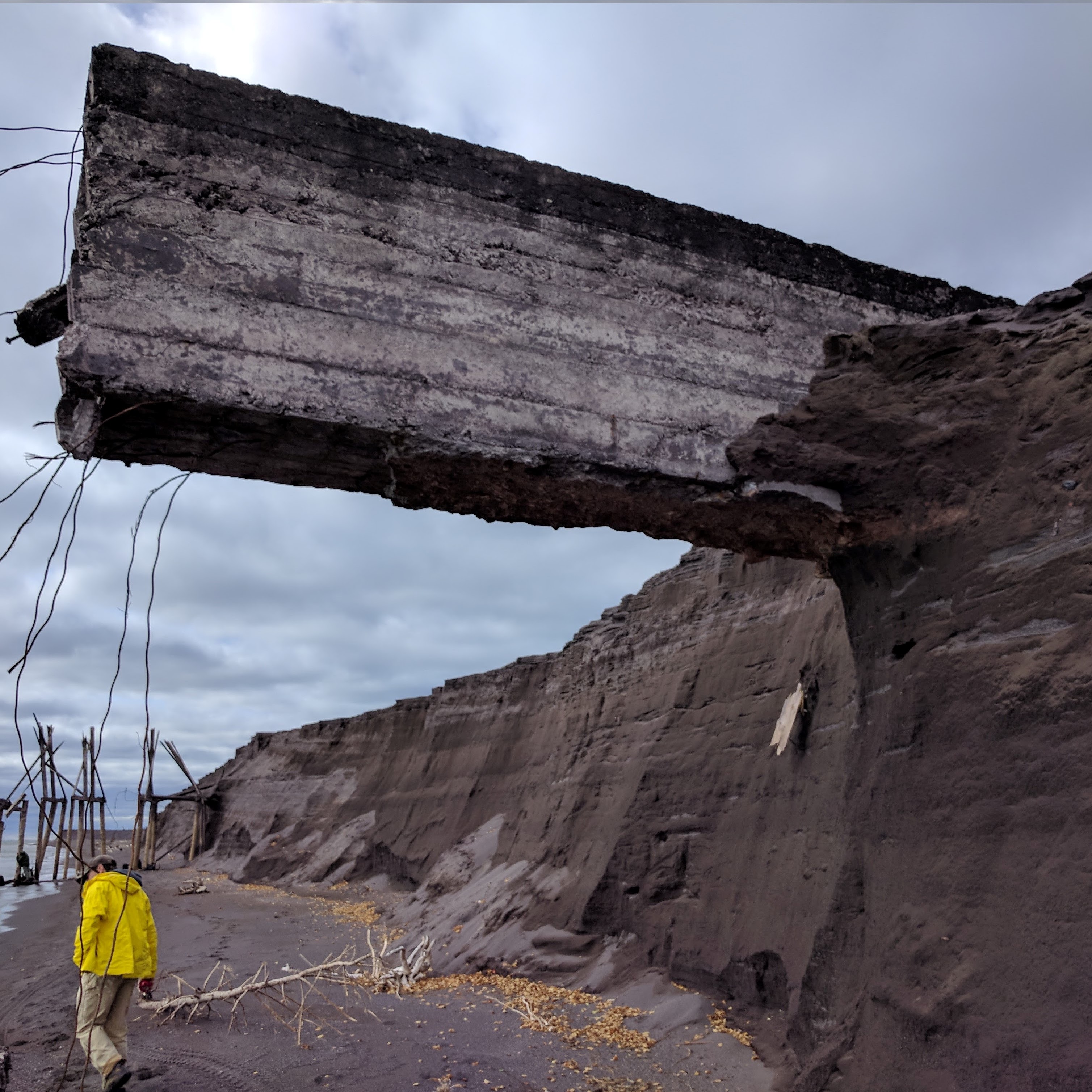
Gay, Michigan, 2017. Courtesy of Carol MacLennan.
Can you talk about what it was like to be a resident scholar what’s unique about being a resident scholar and now a senior scholar?
I have always worked with professionals from other disciplines, whether in government with automotive engineers or at Michigan Tech in an interdisciplinary social science program. Being a resident scholar with five other anthropologists to talk to every day was inspiring. It felt like home. I didn’t have to explain ethnography to engineers or do the administrative work of team research. I felt understood. Turning inward to anthropology for a brief time while at SAR provided what I needed to return to my research with a firmer idea of where I was headed. Now as a senior scholar, I am enjoying the fact that my experience in team research with engineers, ecologists, other social scientists benefits my discussions with anthropologists at SAR. I have experienced the world of government work and collaboration with scientists and engineers, and I am finally back home in anthropology and historical inquiry at SAR. It will make my book easier to finish and fun to share. And I hope I can give something of value to SAR while here. It is a unique place with the capacity to nurture ideas and share them widely.
(This interview has been edited for clarity and length.)
